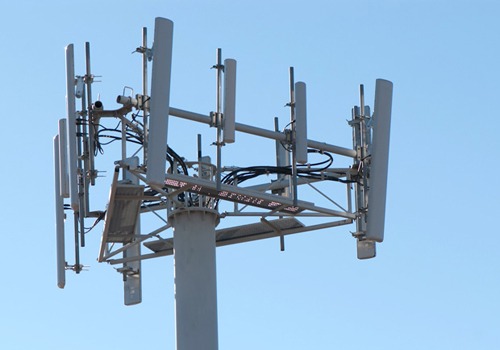LoRaWAN categories LoRa devices into categories 1. Basic Category – Class A devices 2. Optional Features – Class B and Class C devices
Class A Devices
These are bidirectional end devices. Device send uplink data and waits for two consecutive short intervals for downlink. Device determines the transmission interval. Ideally, interval should be decided considering the optimal duty cycle in mind (which is approximately 1%). This makes Class A device the most power efficient devices, as they can decide to be in a dormant state for long period. The communication need arises usually based on an event e.g. movement, timer event, change in temperature etc. The downside however is the downlink communication from the server will have to wait till the next uplink from the device.
Class B Devices
In addition to Class A type random receive window, Class B devices support extra receive slot at a scheduled interval. Gateway informs the end device about the time at which the device should open receive windows using a Time Synchronized Beacon. The end device opens read window at pre-agreed timeslot. If Gateway sends data at that movement, device can read it.
Class C Devices
This type of devices will keep the receive window open for maximum time. During transmission time, is the only occasion when receive window is closed. No doubt, they will require more battery power. However, they will certainly provide less latency between client server communication. The Gateway can send data at any time to LoRa node.
Message Formats
LoRa uplink message is made up of 5 parts – Preamble, PHDR (Physical header), PHDR_CRC (Header CRC), PHYPayload, CRC. Transceiver sets PHDR, PHDR_CRC and CRC field. Message flows from LoRa Node to network server via LoRaWAN Gateway.
LoRa downlink message is made up of 4 parts – Preamble, PHDR, PHDR_CRC, PHYPayload. The message flows from Network Server to only one LoRa Node via a single LoRa Gateway.




